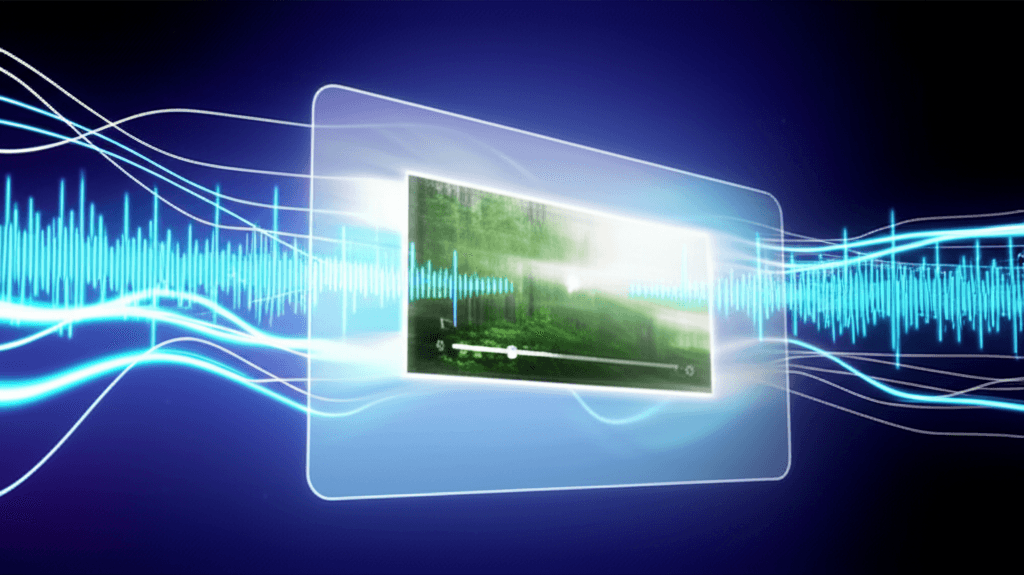Google's Gemini Gains Powerful Image-to-Video AI, Challenges Sora
Google's Gemini now crafts dynamic videos from images with advanced AI audio, intensifying the creative content battle.
July 10, 2025

Google has significantly advanced its position in the generative artificial intelligence race by integrating a powerful image-to-video capability into its Gemini ecosystem, powered by the latest iteration of its video generation model, Veo 3. This development allows users to transform a single static image into a short, dynamic video clip, marking a pivotal step in the increasingly competitive field of AI-powered content creation. The feature is being rolled out to subscribers of Google's premium AI plans, signaling a new era of multimodal creativity directly within the company's flagship AI interface. This move directly challenges competitors like OpenAI's Sora, Runway, and Pika, intensifying the battle for dominance in the burgeoning market of AI video generation.
The new functionality allows users to upload an image and, with a text prompt, guide the AI to animate it.[1] For instance, the system can take a still photograph of a landscape and generate a video depicting a slow pan across the scene or add elements like moving clouds and flowing water. This is made possible by the Veo family of models, which are designed to understand and generate video from both text and image inputs.[2] The most advanced version, Veo 3, not only animates images but can also generate synchronized audio, including dialogue, sound effects, and background music, a feature that sets it apart from many of its rivals.[3][2][4] The initial rollout through the Gemini app for Google AI Pro and Ultra subscribers allows for the creation of eight-second video clips at 720p resolution.[5][6] While the more advanced image-to-video features with audio are powered by Veo 3, some initial integrations use the Veo 2 model.[2][7] All generated content is watermarked with SynthID, an invisible marker that identifies it as AI-created to mitigate misuse.[8][6]
This strategic integration into Gemini places sophisticated video creation tools into the hands of a broader user base, from individual creators to large enterprises. For marketers, it offers the ability to quickly transform product images into engaging video ads. For filmmakers and animators, it can serve as a powerful tool for pre-visualization and storyboarding, allowing for the rapid exploration of visual ideas.[4] The technology is also accessible through a new AI filmmaking interface called Flow, which provides even greater creative control over camera movements, scene composition, and character consistency across multiple shots.[3][9] This ecosystem approach, combining the conversational abilities of Gemini with the visual generation power of Veo and the image creation model Imagen, aims to provide a seamless and comprehensive creative workflow.[4] For developers, Google has made Veo 2 available through the Gemini API, enabling them to build these advanced video generation capabilities into their own applications.[10][1]
The launch of image-to-video in Gemini is a clear response to the rapid advancements seen across the AI industry. OpenAI's Sora captured widespread attention with its ability to generate high-fidelity, minute-long videos from text, setting a high bar for the competition.[11][8][12] Other players like Runway and Luma AI have also developed and released powerful image-to-video tools.[13][14] Google's competitive edge may lie in its vast repository of training data, particularly from YouTube, which could allow Veo to achieve a more nuanced understanding of real-world physics, motion, and cinematography.[12] Veo 3 is touted as having a superior grasp of cinematic language, able to interpret prompts requesting specific camera lenses, effects, and genres.[11][4] Furthermore, the native integration of audio generation in Veo 3 is a significant differentiator, as competitors often require separate tools and steps to add sound to their generated videos.[3][2]
However, the proliferation of this technology is not without its challenges and concerns. While Google emphasizes its commitment to responsible development, including safety filters and watermarking, the potential for creating realistic deepfakes and misinformation remains a significant societal issue.[8][15] The creative industries are also watching with a mix of excitement and apprehension, as the technology could disrupt traditional job roles in film, animation, and visual effects.[13] The current limitations, such as the short eight-second clip length in the initial Gemini rollout and occasional visual artifacts or "hallucinations" in the AI's output, show that the technology is still evolving.[16][5][17] Despite these hurdles, the integration of image-to-video generation into a widely accessible platform like Gemini signals a profound shift, democratizing video creation and paving the way for a future where storytelling is limited only by imagination, not technical skill or resources.
Sources
[2]
[3]
[4]
[6]
[7]
[9]
[10]
[11]
[12]
[14]
[15]
[16]
[17]